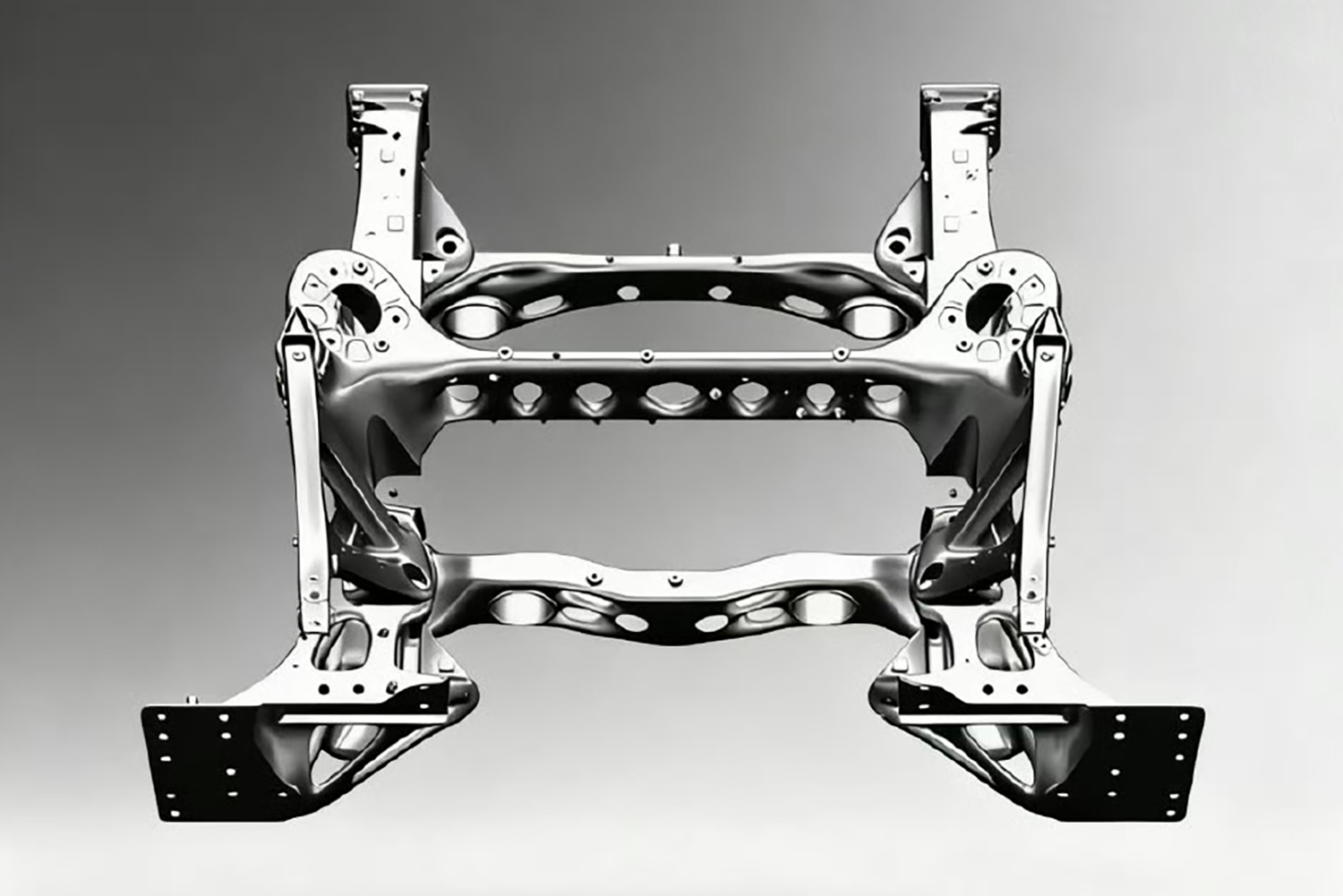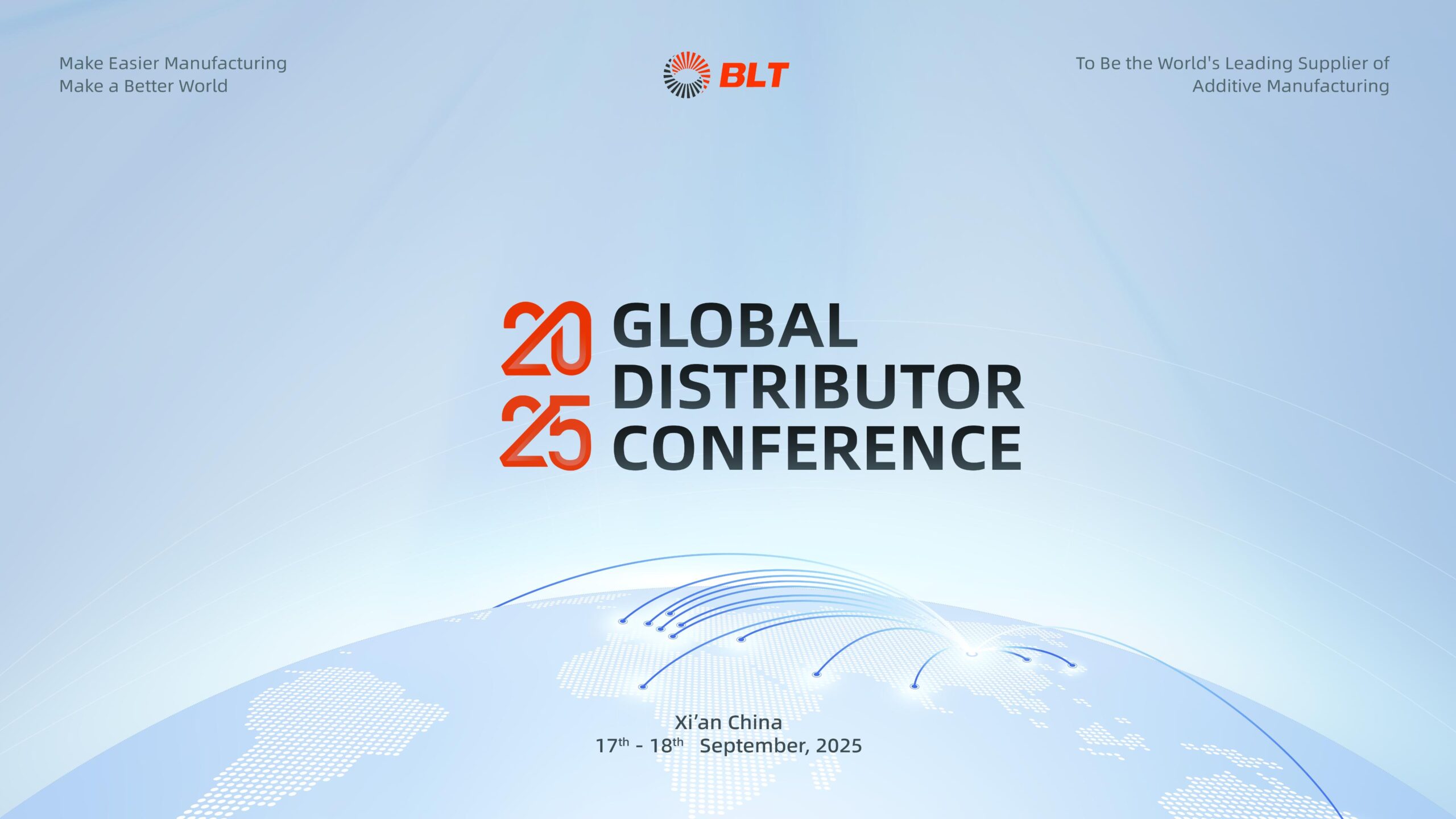At the ATP proving ground in Germany, BYD’s Yangwang U9X achieved an astonishing top speed of 496.22 km/h, setting a new world record for production vehicles. Only days later, on October 21, the U9X officially became the fastest all-electric production car on the Nürburgring Nordschleife, with a lap time of 6′59″157. This achievement makes the U9X the world’s first supercar to simultaneously break both top speed and lap time world records — redefining what’s possible in electric performance.
Behind this groundbreaking achievement lies a powerful collaboration between BYD and Bright Laser Technologies (BLT), whose metal additive manufacturing (3D printing) technology played a pivotal role in developing the world’s first integrated 3D-printed high-performance car body.

A Global First: The Integrated 3D-Printed High-Performance Body
At the EuroCarBody 2025 conference held from October 14–16, BYD unveiled the Yangwang U9X’s integrated 3D-printed body structure, the first of its kind in the world. The presentation captivated the audience and earned the highest score from the professional jury, underscoring the innovation’s engineering significance.
The development of the U9X body represents a revolutionary step toward the future of intelligent manufacturing, combining BYD’s automotive expertise with BLT’s leadership in metal 3D printing. By leveraging additive manufacturing, the U9X body achieves unprecedented design freedom and structural integration, realizing both track-level stiffness and outstanding crash safety — while also attaining industry-leading lightweight performance.
Lightweight Strength: Redefining Structural Optimization
The U9X’s body exemplifies lightweight construction and structural integration, two key advantages made possible by BLT’s engineering innovations.
Using topology optimization, BYD team implemented an internal structure of hollow chambers and reinforcing ribs. This approach enhances torsional stiffness by more than 200% compared with a solid structure of the same mass, ensuring optimized strength distribution and superior crash performance.The high-strength aluminum alloy structure, produced using BLT’s advanced 3D printing technology, reduces body weight by over 30% compared with conventional manufacturing solutions.
With its decade-long experience in automotive component engineering, BLT provided a one-stop solution encompassing structural optimization, part printing, post-processing, and inspection — guaranteeing performance consistency across every stage of production.
 Complete vehicle body structure
Complete vehicle body structure
 Component structure of the vehicle bod
Component structure of the vehicle bod
High Precision Manufacturing: Large-Format Printing at Scale
Key body components of the U9X were printed using BLT’s large-format metal additive manufacturing systems, including the BLT-S1000, BLT-S615, and BLT-S815.
Thanks to BLT’s proprietary large-format dimensional control technology, over 90% of the printed surfaces maintained dimensional deviation within ±0.5 mm, ensuring precision and repeatability at an industrial scale.
BLT currently operates more than 200 large-format systems (with build volumes exceeding 450×450×500 mm) — one of the largest fleets of its kind worldwide. This robust manufacturing capacity, combined with mature multi-machine coordination and a stable process control system, enables cross-equipment and cross-batch consistency. It provides the dual assurance of scalability and quality for the mass production of high-end automotive components.

Beyond the Body: 3D-Printed Calipers for Durability and Reliability
In addition to the body structure, BLT also delivered 20 sets of high-performance 3D-printed brake calipers for the U9X, all of which successfully completed the Nürburgring endurance tests.
Through topology optimization, the calipers achieved 20–30% weight reduction while incorporating internal oil channels and inserts directly into the printed structure. This not only eliminates assembly steps but also significantly enhances durability and reliability under extreme track conditions.
Dimensional control was maintained to exceptional standards — ±0.5 mm for front calipers and ±0.3 mm for rear calipers. Each part achieved a density greater than 99.5% and passed radiographic inspection with no internal defects, demonstrating BLT’s mastery of precision additive manufacturing for high-performance applications.
A Benchmark for Metal 3D Printing in the Automotive Industry
The collaboration between BYD and BLT marks a milestone in the application of metal additive manufacturing within the automotive industry. From structural innovation to real-world record-breaking performance, the Yangwang U9X embodies the synergy between advanced design and cutting-edge manufacturing. This success reinforces the immense potential of metal 3D printing to revolutionize automotive engineering — enabling lighter, stronger, and more efficient vehicles for the next generation of mobility.
As BLT continues to push the boundaries of metal additive manufacturing, it remains committed to empowering global automakers with turnkey solutions, unlocking new possibilities for high-performance, intelligent, and sustainable automotive manufacturing.



